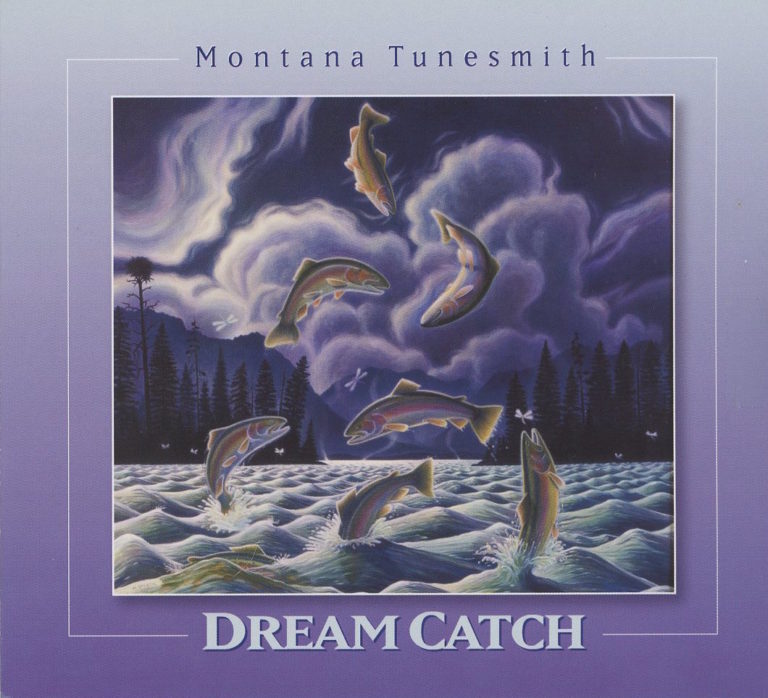

In my book there's Bach and there's everyone else. His miraculous command of counterpoint remains unchallenged to this day (even Wolfgang struggled with it at times), and at his most inscrutable he has been matched only by Beethoven in his great successor's late piano sonatas and string quartets. Let's do the primers:īach - The most perfect synthesis of emotion and intellect in music. Others may have their defenders (especially the Wagnerians) but none of 'em can match this trio in depth AND width. ISBN 978-0-7869-6580-9.Click to expand.The Big 3 are indeed in a class of their own and you can make a strong case for each.
 ↑ Steve Kenson, et al. (November 2015). ↑ Jeremy Crawford, Mike Mearls, James Wyatt (March 2009). Reynolds, Duane Maxwell, Angel McCoy (August 2001). Ollamh harp These extremely powerful magical harps could control the weather and the minds of listeners, among other magical powers. Mac-Fuirmidh cittern Magical citterns that had protecting and healing magic, as well as other magical powers. Fochlucan bandore Magical bandores that contained nature-based magic, as well as other magical powers. Doss lute Superior magical lutes, capable of channeling nature-based and healing spells when played. Cli lyre Magical lyres that held protective spells, as well as other magical powers. Canaith mandolin Magical mandolins that had healing powers and provided protection from lightning, among other magical powers. The instruments Anstruth harp Magical harps capable of controlling elements and healing, among other magical powers. Over time, other bards copied the original designs, while retaining the original names in Falataer's honor. However, starting from 1366 DR, some bards were attempting to restore this ancient tradition and the Colleges of Fochlucan and a revived New Olamn had been established and resumed their activities. This tradition was abandoned once these bardic colleges declined. These seven elder bardic colleges were all attended by an aspiring bard who wished to achieve the rank of master bard, traditionally in the following order: Fochlucan, Mac-Fuirmidh, Doss, Canaith, Cli, Anstruth, and Ollamh. He used the instruments to test and reward the students of each of the seven levels of his bardic college, which came to be regarded individually as legendary bard colleges in their own right. The first of the Instruments of the Bards were created by a legendary bard in the Moonshae Isles named Falataer. Besides the specific spells that each individual instrument could hold, a bard playing any one such instrument could invoke the spells fly, invisibility, levitate, and protection from evil and good, once a day, until the next dawn.
↑ Steve Kenson, et al. (November 2015). ↑ Jeremy Crawford, Mike Mearls, James Wyatt (March 2009). Reynolds, Duane Maxwell, Angel McCoy (August 2001). Ollamh harp These extremely powerful magical harps could control the weather and the minds of listeners, among other magical powers. Mac-Fuirmidh cittern Magical citterns that had protecting and healing magic, as well as other magical powers. Fochlucan bandore Magical bandores that contained nature-based magic, as well as other magical powers. Doss lute Superior magical lutes, capable of channeling nature-based and healing spells when played. Cli lyre Magical lyres that held protective spells, as well as other magical powers. Canaith mandolin Magical mandolins that had healing powers and provided protection from lightning, among other magical powers. The instruments Anstruth harp Magical harps capable of controlling elements and healing, among other magical powers. Over time, other bards copied the original designs, while retaining the original names in Falataer's honor. However, starting from 1366 DR, some bards were attempting to restore this ancient tradition and the Colleges of Fochlucan and a revived New Olamn had been established and resumed their activities. This tradition was abandoned once these bardic colleges declined. These seven elder bardic colleges were all attended by an aspiring bard who wished to achieve the rank of master bard, traditionally in the following order: Fochlucan, Mac-Fuirmidh, Doss, Canaith, Cli, Anstruth, and Ollamh. He used the instruments to test and reward the students of each of the seven levels of his bardic college, which came to be regarded individually as legendary bard colleges in their own right. The first of the Instruments of the Bards were created by a legendary bard in the Moonshae Isles named Falataer. Besides the specific spells that each individual instrument could hold, a bard playing any one such instrument could invoke the spells fly, invisibility, levitate, and protection from evil and good, once a day, until the next dawn. 
Īll Instruments of the Bards had the capability of storing spells. Powers īards wielding an Instrument of the Bards had their charming abilities greatly amplified by their magic. Their powers could only be effectively used by bards, and in fact any non-bard that attempted to use one of these instruments ran the risk of injury. They were in every way superior to their ordinary counterparts.







 0 kommentar(er)
0 kommentar(er)
